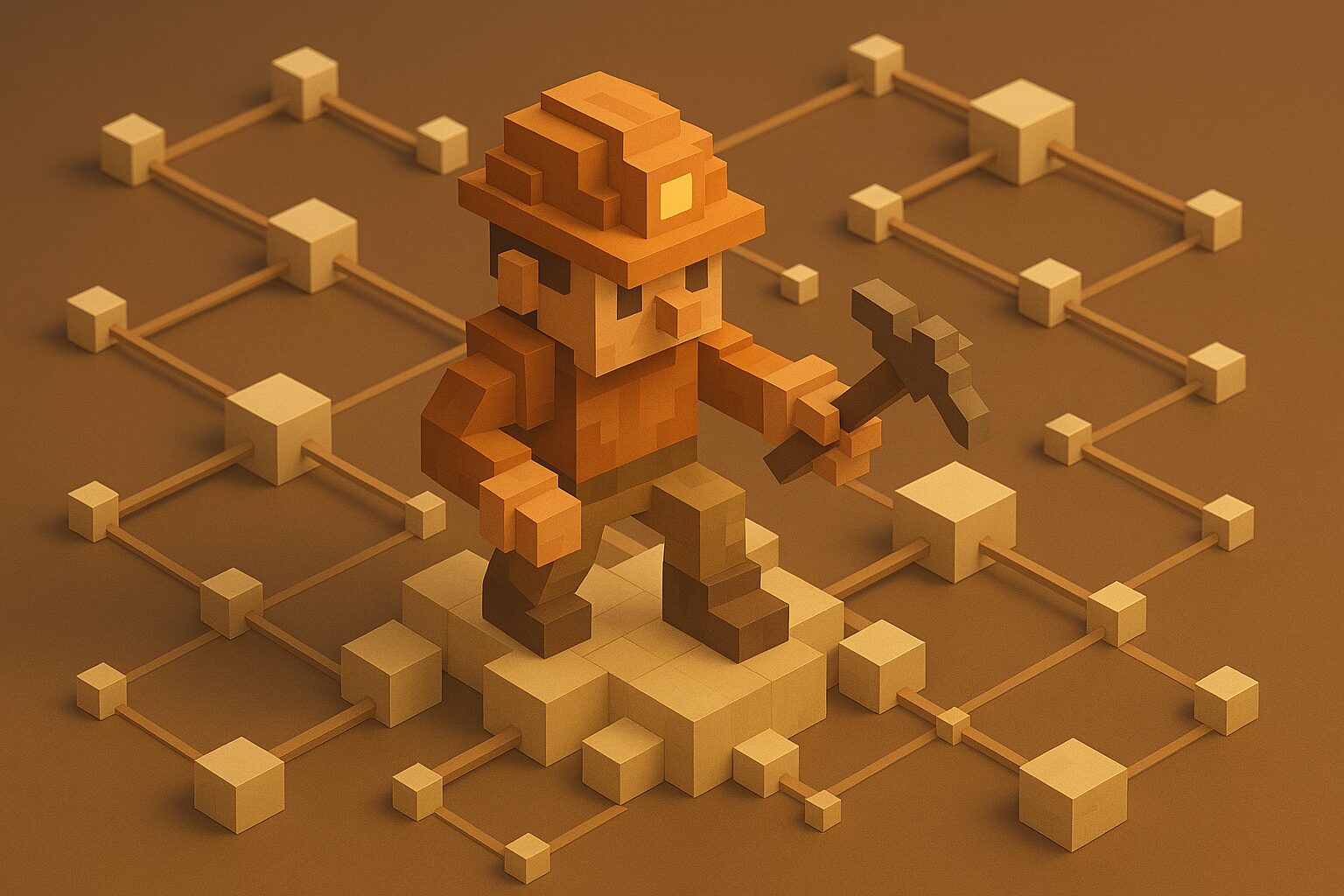In the mining industry the safety of workers is a key priority. But with a global workforce made up of people from many different countries and speaking many different languages, making sure all workers understand safety protocols can be hard.
The good news is that machine translation can make a difference by breaking down language barriers and improving safety standards across multilingual teams.
Multilingual workforces in mining
Mining operations are often staffed by people from many different countries, each speaking their own language. While this diversity is positive in many ways, it can pose big challenges when it comes to communicating safety information. Misunderstandings due to language barriers can lead to accidents, injuries or even fatalities.
Companies have traditionally used human translators to bridge these language gaps. But this can be time consuming, expensive and prone to human error. Machine translation offers a scalable and efficient solution to deliver real-time translations of safety documents, training materials and emergency communications.
How machine translation helps with health and safety training
Machine translation tools, powered by advanced algorithms and artificial intelligence, can translate large volumes of text quickly and accurately. This is beneficial within the mining industry where training materials need to be available in multiple languages to ensure all workers understand safety protocols.
- Real time access: One of the biggest benefits of machine translation is real-time translation. For example, in a training session safety instructors can use machine translation software to communicate in multiple languages at the same time, so all participants are on the same page regardless of their native language. This reduces the risk of miscommunication and ensures safety messages are clear to all.
- Consistent terminology: Machine translation tools can be programmed to maintain consistent terminology, especially for technical terms and safety jargon. This is critical in mining where specific terms may not have direct equivalents in other languages. By keeping terminology consistent machine translation avoids confusion and ensures workers from different linguistic backgrounds interpret safety instructions in the same way.
- Cost effective training: Machine translation is a scalable solution for mining companies. Once a translation tool is in place it can be used across multiple sites and projects for consistent safety training without the need for multiple human translators. This saves money and time and gets workers ready for their roles faster.
Case study in the mining industry
Recent developments highlight how mining companies are increasingly leveraging machine translation to enhance multilingual communication, particularly in health and safety training.
Sandvik, a global mining and engineering solutions provider, has partnered with Guildhawk to implement AI-powered multilingual training solutions. This collaboration includes using AI translations for training modules and multilingual video content, ensuring that critical safety information is accessible in selected languages.
This approach not only helps in overcoming language barriers but also reduces the risk of accidents caused by misunderstandings during safety training.
The limitations of machine translation
While machine translation has many benefits it’s not without its limitations. For example, language nuances or cultural differences can lead to inaccuracies.
However, by combining machine translation with human oversight – such as bilingual safety officers reviewing translations or using GAI’s built-in expert-in-the-loop feature – companies can mitigate these risks and ensure translated materials are accurate and culturally relevant.
And as artificial intelligence continues to improve machine translation it will become even more accurate.
The future of machine translation in mining safety
Machine translation in health and safety training is just the start. As technology advances, we’ll see even more advanced tools that not only translate content but also automatically adapt training to the specific language and cultural context of the worker.
This will ensure all workers, regardless of their dominant language, can do their job safely and effectively.
Conclusion
Machine translation is already making a positive difference to health and safety training in the mining industry. By making critical safety information available in multiple languages, it reduces the risk of accidents caused by language misunderstandings.
As more companies adopt this technology the industry will benefit from safer, more efficient operations and ultimately save lives and improve worker well-being worldwide.
SHARE THIS ARTICLE
RELATED RESOURCES
What mining professionals should know when using a LLM versus GAI SLM for safety-related terminology
Responses generated by Large Language Models (LLMs) always carry a health warning; that results can contain errors. AI copes well translating generic content, but safety-related terminology is unforgiving. Any...
5 MIN READ
Busting the big 3 myths in AI adoption: what are you doing wrong with AI?
The conversation about adopting AI tools to translate is clouded by myths - myths that create risks and missed opportunities for global businesses. This week, Be the Business, an organisation that champions...
5 MIN READ
Certified vs. generic quality: why smart leaders choose certified translation to de-risk
The way we do business today has changed drastically. Companies are more digitised and interconnected. Organisations are facing greater risks at an increased velocity. The regulatory environment is becoming ever...
4 MIN READ
What mining professionals should know when using a LLM versus GAI SLM for safety-related terminology
Responses generated by Large Language Models (LLMs) always carry a health warning; that results can contain errors. AI copes well translating generic content, but safety-related terminology is unforgiving. Any...
5 MIN READ
Busting the big 3 myths in AI adoption: what are you doing wrong with AI?
The conversation about adopting AI tools to translate is clouded by myths - myths that create risks and missed opportunities for global businesses. This week, Be the Business, an organisation that champions...
5 MIN READ




